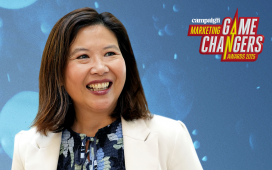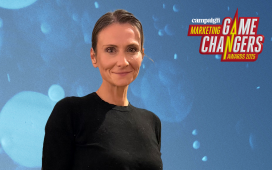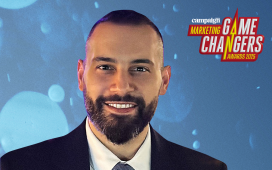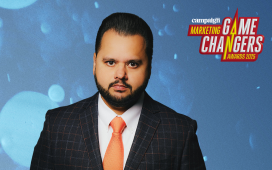
Customers are at the core of brand and marketing – or so we would like to believe. The unfortunate truth is that in the pursuit of business outcomes and performance metrics, customer demands and expectations often are being sidelined.
Through 2024, customers called out and boycotted several brands and agencies for tone-deaf ‘creative’ campaigns, inauthentic influencer collaborations and for failing to follow through on their purpose-led promises.
This raised a crucial question: Are we truly enabling enhanced customer experiences, sharing meaningful stories and prioritising people instead of merely pushing products?
Asmaa Quorrich, CEO,
To continue reading this article you need to be registered with Campaign. Registration is free and only takes a minute. Register Now or sign in below if you already have an account.
Tags:AdvertisingAsmaa QuorrichBrandCustomer Experiencecustomersdata-led marketingduElie MilanGhada AlrumayanHavas Media Middle EastHouda TohmeJohn TippinsJon BarberKarim BenkiraneMARC GHOSNmarketingmeaningful storiesPublicis MediaRachel DevereuxROSHN GroupTECOM GroupThink/Big ConsultingUM MENATVirgin Mobile UAEWAVEMAKER MENA









